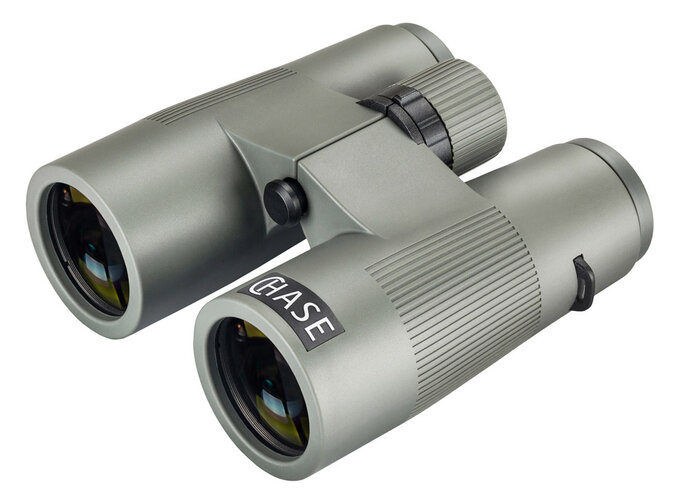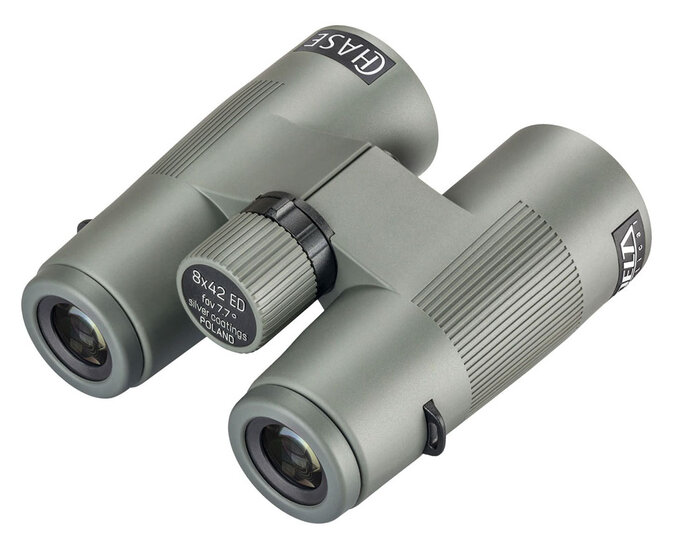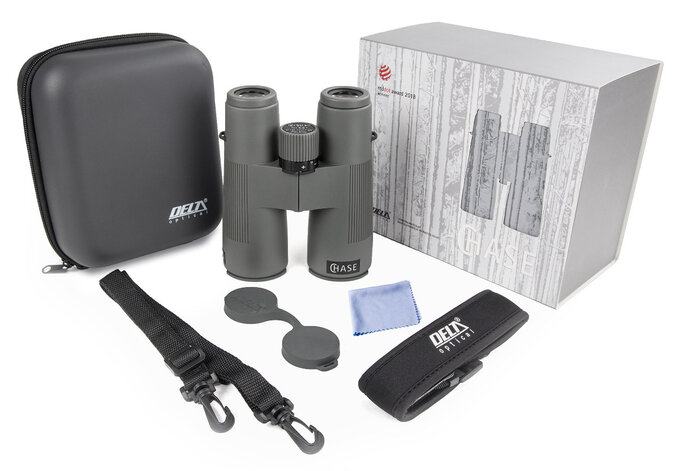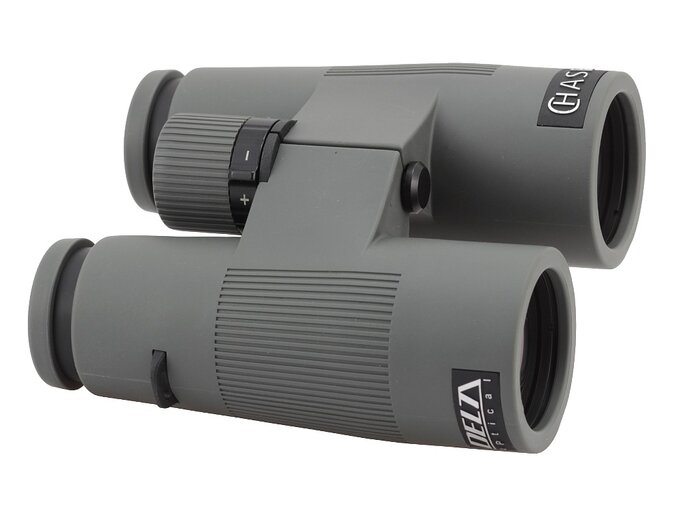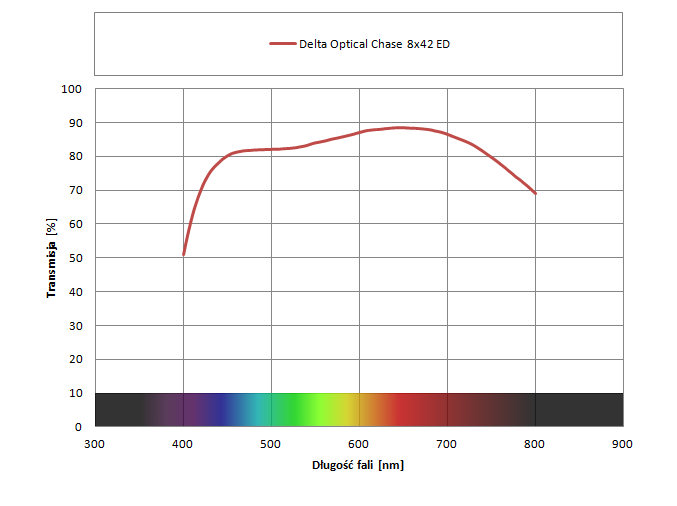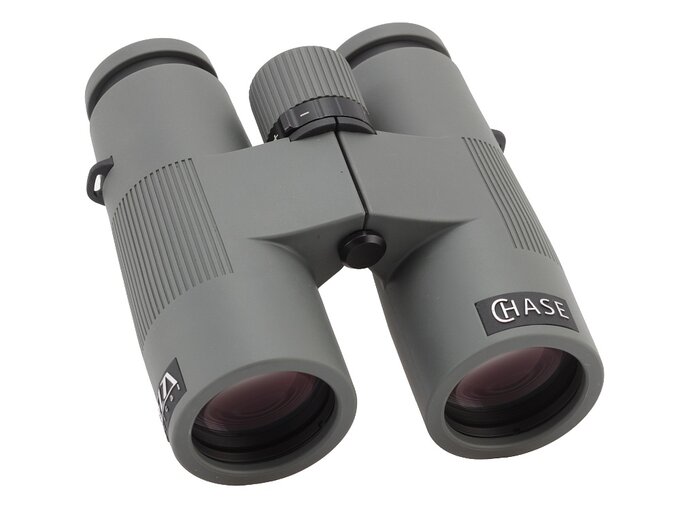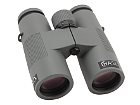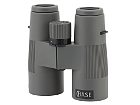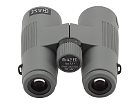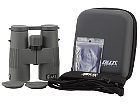In March 2017 the Polish Delta Optical company announced a launch of a new series of binoculars called the Chase ED. It was supposed to consist of four models with the following parameters: the 8×42, the 10×42, the 10×50 and the 12×50.
All binoculars are Schmidt-Pechan constructions with the silver-covered reflection layer. The producer doesn’t mention any phase-correction coatings. All air-to-glass surfaces are coated by antireflection multilayer coatings and you can find ED glass in the objective lenses.
The casings of the binoculars are compact, equipped with the internal focusing and dioptre correction mechanism so completely waterproof. They are also nitrogen-purged.
Buyers get a case, a clearing cloth for optics and caps for objectives and eyepieces. The product comes with 10-year guarantee period.
Distribution / Sales:
Delta Optical
web site
| Magnification |
Lens diameter |
Angular field of view |
Prisms |
Eye relief |
Weight |
Price |
| 8 |
42 |
135/1000(7.7o) |
BaK-4/roof |
16 mm |
730 g |
1159 PLN |
|
|
| Real front lens diameter |
Left: 42.2+/-
0.05 mm
Right: 42.2+/-
0.05 mm
|
8 / 8.0 pkt |
| Real magnification |
8.01+/-
0.05x
|
3/3.0 |
| Transmission |
83.1+/-
1.5%
|
11/25.0 |
| Chromatic aberration |
Very slight in the centre, a bit lower than medium on the edge. A good result! |
7.8/10.0 |
| Astigmatism |
Sensibly corrected but you can notice spikes while looking at such bright celestial objects like Jupiter or Mars. |
6.8/10.0 |
| Distortion |
Distance between the first curved line and the field centre compared to the field of view radius: 32% ± 4% |
3/10.0 |
| Coma |
Appears far from the centre, in a distance of 75% of the field of view radius and is between medium and high on the edge. |
6.5/10.0 |
| Blurring at the edge of the FOV |
Blur occurs in a distance of 73% ± 3% from the field of view centre. |
4/10.0 |
| Darkening at the edge the FOV |
Negligible. |
4.4/5.0 |
| Whiteness of the image |
Noticeable orange-red hue. The highest transmission in this part of the spectrum. |
3.9/5.0 |
| Collimation |
Excellent. |
5/5.0 |
| Internal reflections |
| Left: |
Right:
|
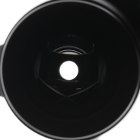 |
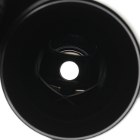 |
A bit too bright. The 10x42 and the 10x50 models from this series fared better. Distinct spikes visible at night when you look at lampposts and their angles change depending on the track. Still the overall contrast remains very good. |
2.9/5.0 |
| Housing |
Very shapely and stylish, with moderate physical dimensions for the 8x42 class of equipment. Padded with rubber armour of good quality but perhaps a tad too slippery. Rubber sticks to the body of the binoculars very well. Slight rubberized eyecups with three detention stops. Produced in China. |
7.7/8.0 |
| Focusing |
Very shapely and stylish, with moderate physical dimensions for the 8x42 class of equipment. Padded with rubber armour of good quality but perhaps a tad too slippery. Rubber sticks to the body of the binoculars very well. Slight rubberized eyecups with three detention stops. Produced in China. |
5/5.0 |
| Tripod |
There is a comfortable tripod access. |
3/3.0 |
| Interpupilary distance |
from 54.4 to 74.8mm
|
5/6.0 |
| Closest focusing distance |
2.05 metra. |
2/2.0 |
| Eyepieces FOV |
Apparent field of view of eyepieces amounts to 59.8 deg (according to simple formula) and 55.1 deg (according to tangent formula). |
11/20.0 |
| Field of view |
Measured by us amounted to 7.46 ± 0.04 degrees and it was by 0.24 of a degree narrower than stated in official specifications. A sensible field for this class of equipment. |
5/8.0 |
| Quality of the interior of the barrels |
Nicely darkened, matted and ribbed tubes. A wide, black bottom near the prisms, the smaller cornet is gray. Visible screws keeping that cornet in place – their heads could have been matted better. Very clean inside. |
4.1/5.0 |
| Vignetting |
| Left: |
Right:
|
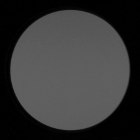 |
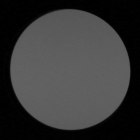 |
OL: 0.81%, OR: 0.72% |
7/8.0 |
| Prisms quality |
Good quality BaK-4. |
8/8.0 |
| Antireflection coatings |
Different shades of green on objectives, green-blue on the prisms, green-purple-yellow on eyepieces. Medium intensity. |
4.5/5.0 |
| Warranty [years] |
10 |
4.5/6.0 |
| Final result |
70.1%
|
133.1 / 190 pkt
|
| Econo result |
|
0pkt. |
Summary
Pros:
- shapely, solid, and very stylish casing,
- properly corrected chromatic aberration,
- moderate astigmatism,
- low brightness loss on the edge of the field of view,
- properly blackened inner tubes that also remain very clean,
- BaK-4 glass prisms,
- internal focusing and dioptre correction,
- more or less circular exit pupils.
Cons:
- too high distortion.
As you see the tested pair of binoculars didn't have one single serious slip-up and its 'cons' list consists of just one position concerning distortion. The field of view is a bit narrower than stated in official specifications but a level of 7.5 degrees in the 8x42 is nothing to be ashamed of.
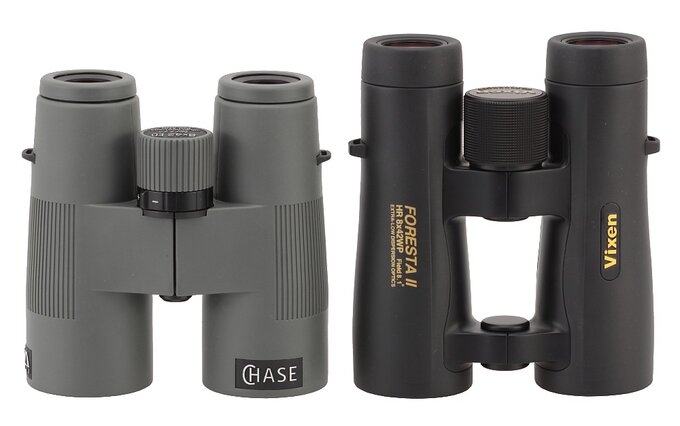
Delta Optical Chase 8x42 ED and Vixen New Foresta II 8x42 ED DCF |
The pros lists, however, contains several important assets. Like in the tests of other Chase ED series models we have to praise the design of the casing and its build quality. The binoculars are really shapely and small, but they are a joy to use, very comfortable to handle and to look through. What's more, their body is completely sealed because of, among other things, internal focusing and internal dioptre correction. It's a feature most often found in devices one or two price-points higher than the Delta Optical Chase.
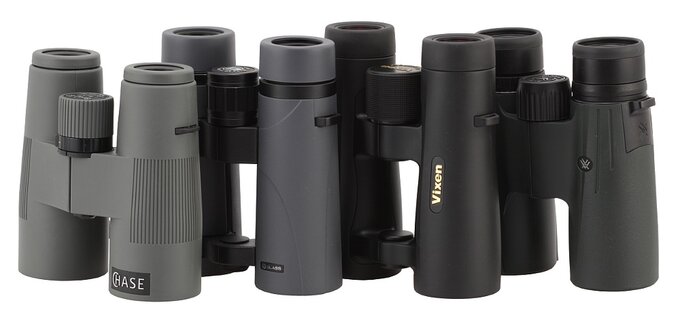
Delta Optical Chase 8x42 ED, Bresser Pirsch ED 8x42 PhC, Vixen New Foresta II 8x42 ED DCF and Vortex Viper 8x42 HD. |
Also ED glass in the objective lenses performs as it should. When it comes to binoculars with a price tag of about 250 Euro that kind of glass is not a standard so also in this area the Delta stands out from the competition.
When it comes to the quality of antireflection coatings and transmission you deal with a level that should be expected from a pair of binoculars at this price point – no fireworks but also no serious reasons to complain. The graph is far from flat and the highest values, these of 89%, are reached where they are the easiest to get – in the red part of the spectrum.
To sum up the final result of the 8x42 model is a tad lower than that of its 10x42 brother but still we find this set of binoculars completely recommendable and quite well put together. Of course the competition never sleeps. The Delta must face such rivals, for example, as the Bresser Pirsch ED 8x42 PhC we tested not so long ago. It fared a tad better but is not as small and shapely as the Delta. As you see customers can pick and choose, a really good piece of news for all prospective buyers.
